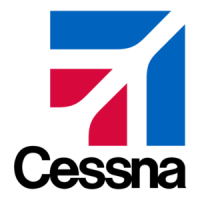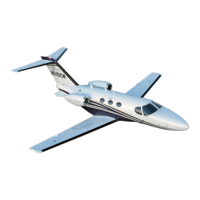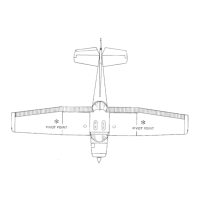Maximum weight in the baggage areas A and B combined: 120lbs (120lbs for area A, 50 lbs
for area B)
C172S Procedures guide
C172s Standard operaton procedures (SOP’s).
Passenger Briefing SAFETY!
! 1.! Safety Belt/Harness
Usage "
! 2.! Air vent operation"
! 3.! Fire Extinguisher
Location/Usage "
! 4.! Emergency exits,
canopy usage"
! 5. Traffic and Talking "
! 6. Your questions?!
Flight instrument check
• Airspeed - reading zero.
• Attitude indicator - blue over brown within 5 degrees in 5 minutes.
• Altimeters - set & Crosscheck (Current Baro setting) within 75 feet of field elevation.
• VSI - reading zero (up to 100’ deviations are approved but must be taken into account
during flight)
• Turn coordinator - Wings level ball in the center
• HSI/DG aligned with the compass.
• Compass no cracks no leaks no bubbles, deviation card present.
Flight instrument check during taxi
• Turn coordinator indicating a turn
• Inclinometer (Ball) indicating a skid
• Compass swinging freely
• HSI/DG turning freely.
Pre-Takeoff Briefing
Engine failure or abnormality prior to rotation:
• Abort takeoff – throttle immediately closed Brake as required stop straight ahead
• If not enough runway to stop: Mixture to cutoff "
Fuel selector, magnetos, and battery master off avoid obstacles
Engine failure after rotation with sufficient runway remaining for a complete stop: !
• Throttle immediately closed
• Land straight ahead, brake as required
Engine failure after rotation with no runway remaining:
• Maintain control/pitch for best glide
• Only shallow turns to avoid obstacles
• Flaps as necessary for safe touchdown
• Throttle closed

